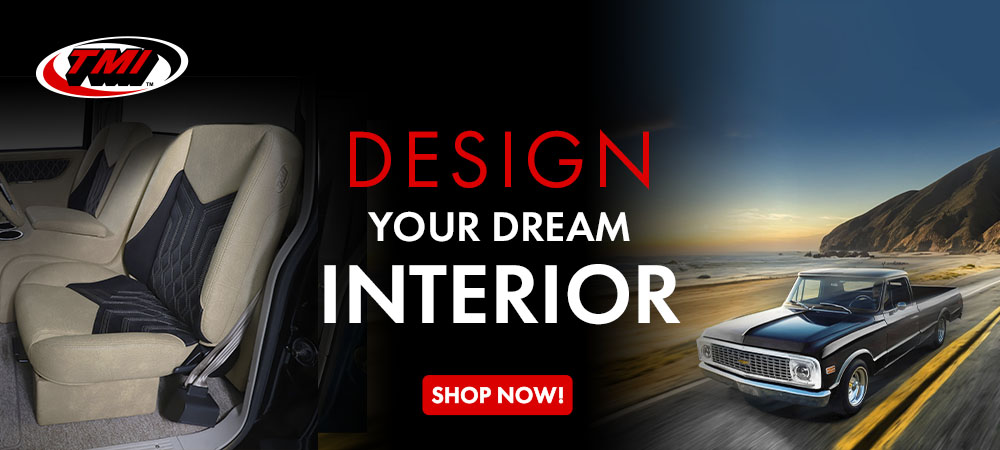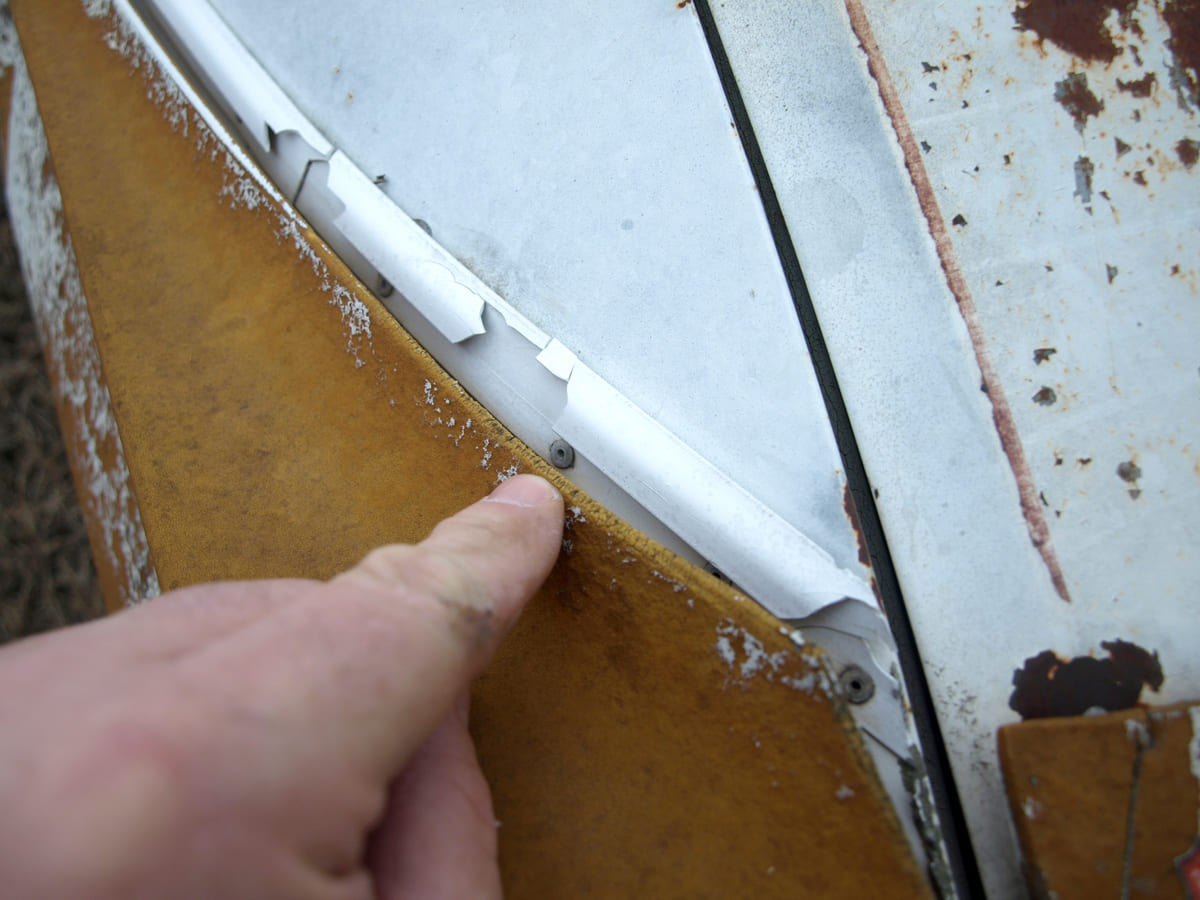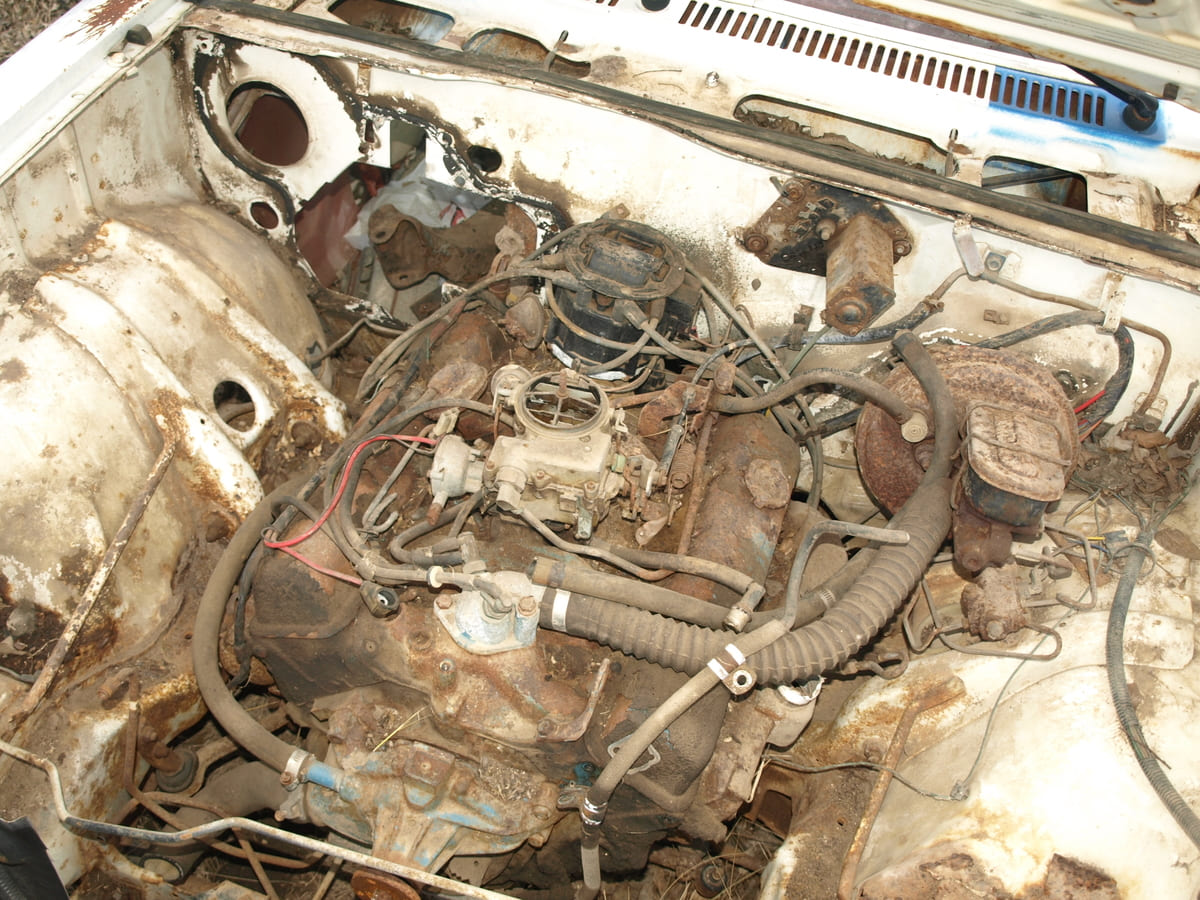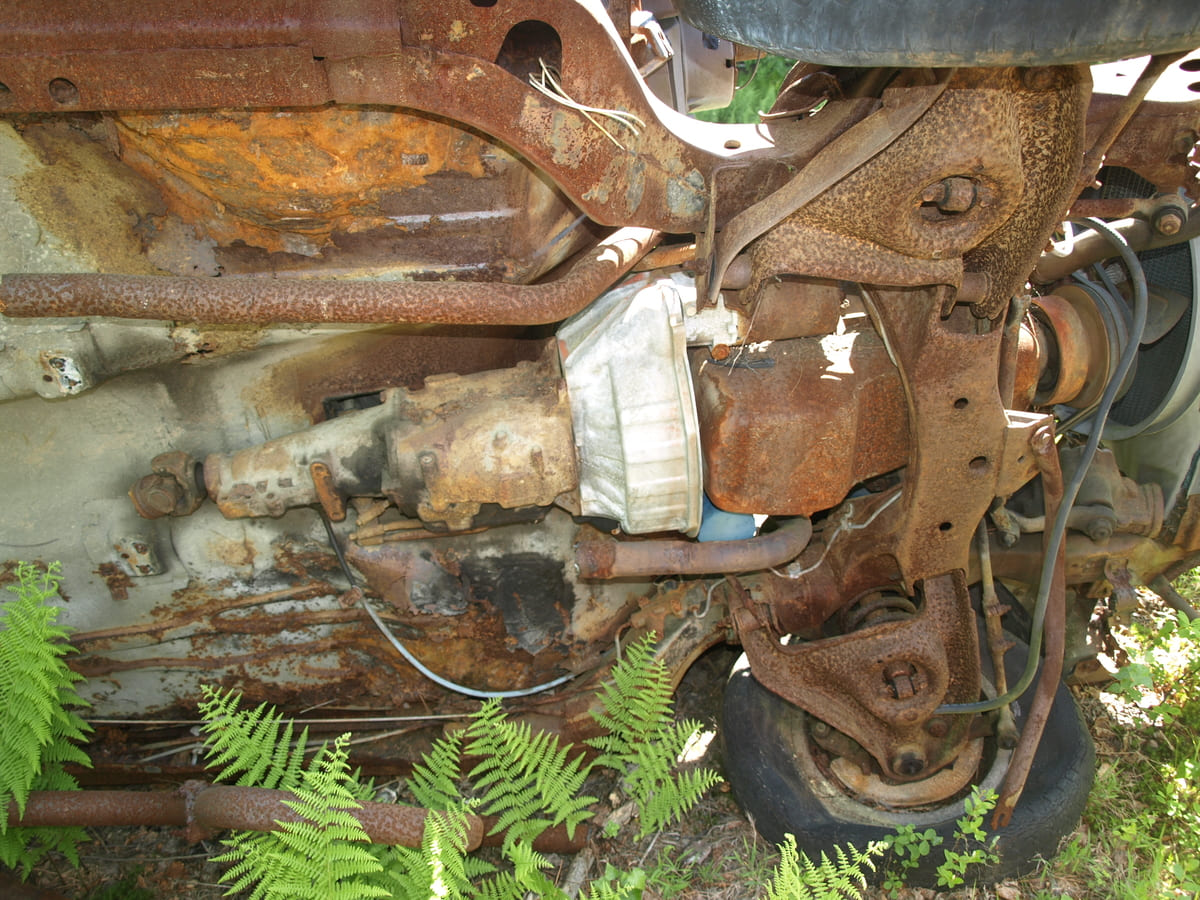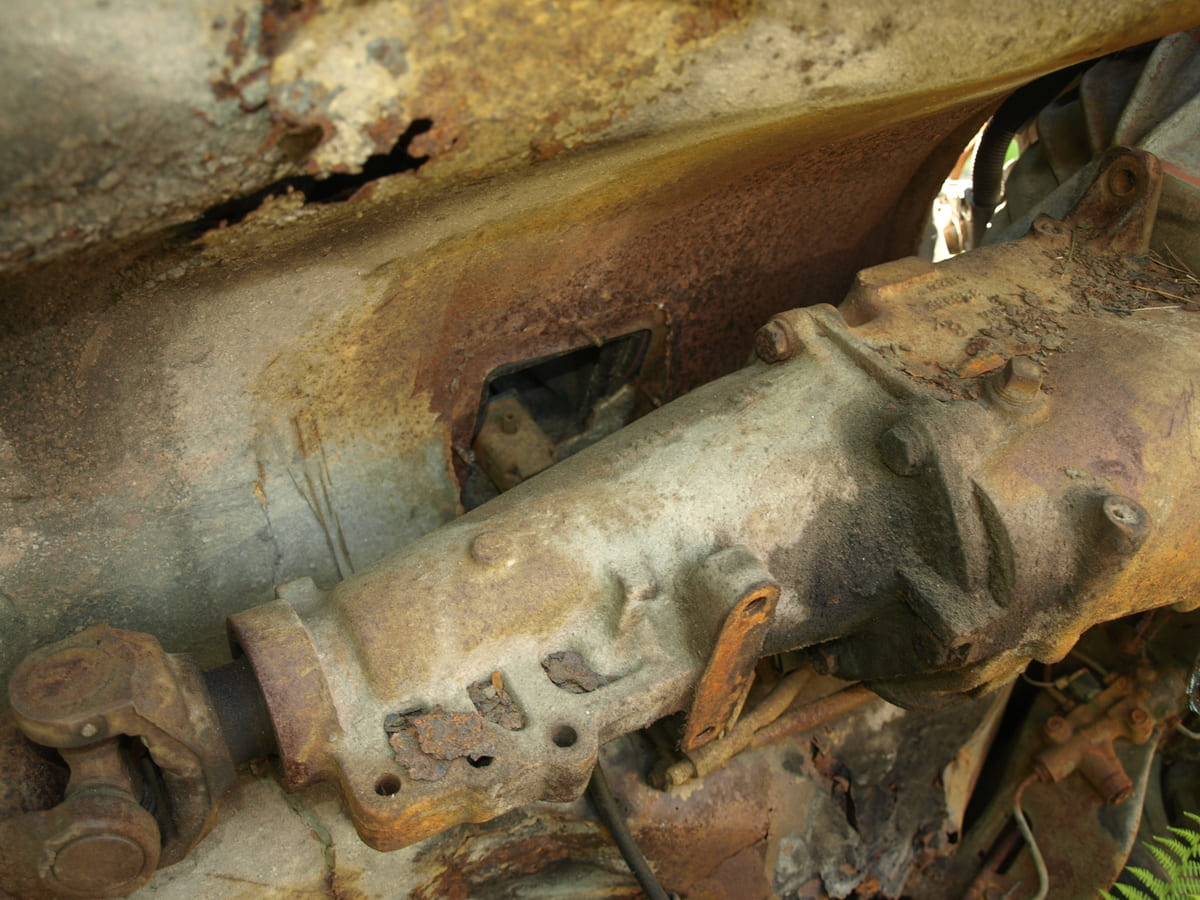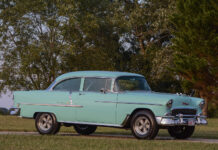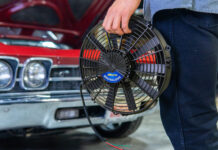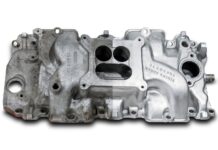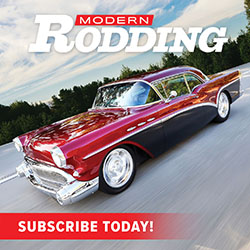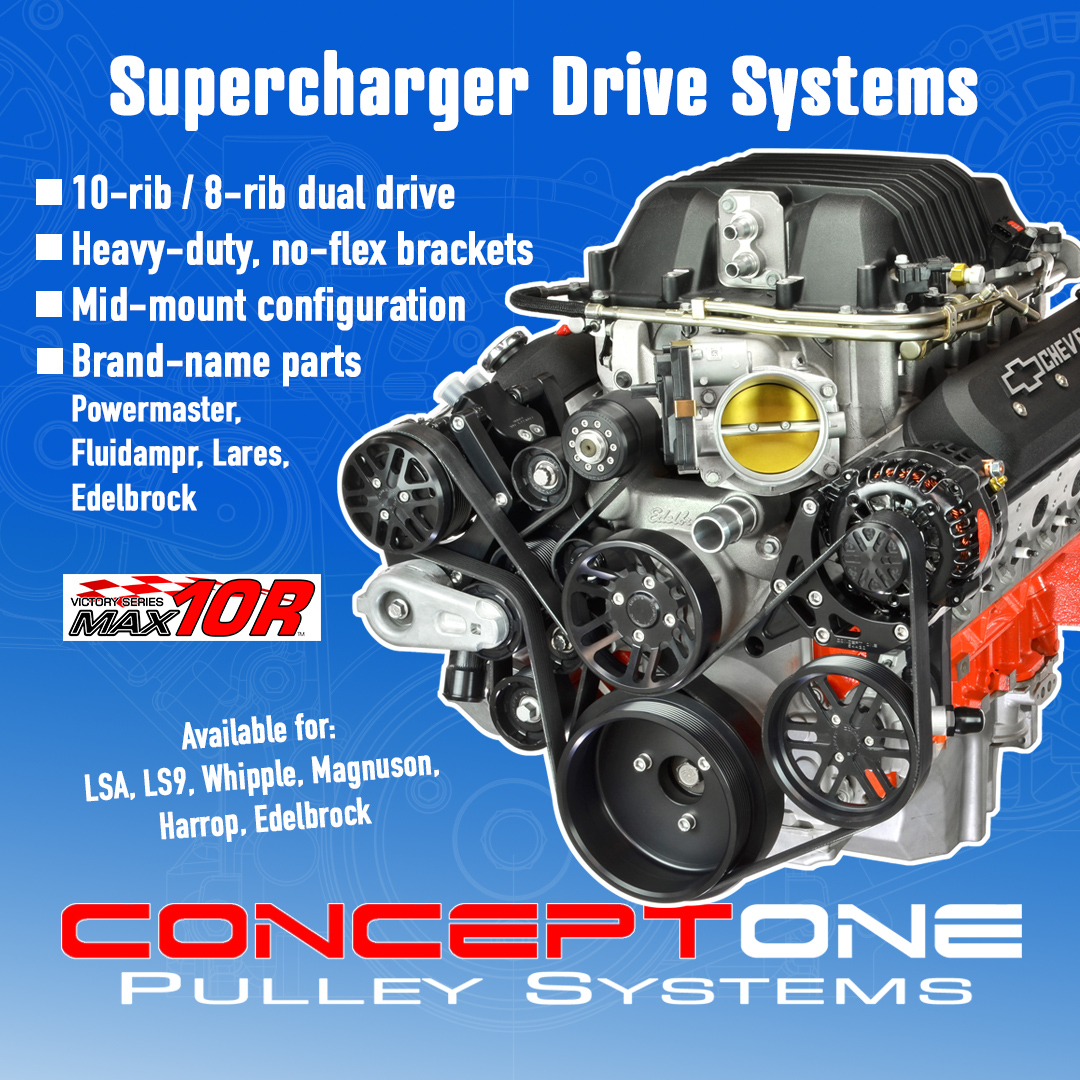By Steve Magnante – Photography by the Author
In this world of mid-engine Corvettes that run 0-60 in 3-seconds in base trim, 198-mph ZL1 Camaros and Duramax Silverados with the torque of two LS6 Chevelles, the pair of vintage Bow Ties displayed here certainly won’t raise many eyebrows, but when they were new, they were the talk of the town. And now after nearly five decades of “ripening” on the vine, we dare say they’re worthy of a second look.
In the case of the 1977 Monza Mirage, while harsh critics may say the Monza’s only worthwhile contribution was its 7.50 / 7.62 rear axle (later used in millions of Gen III Camaros and S10 pickup trucks), it’s Mirage graphics and bodywork set it apart as something special; a factory-authorized, street-legal tribute to the tube-framed, V-8 powered machines dominating the IMSA / Camel GT road race series of the day.
Positioned at the very top of the Monza model line – even above the more recognized Monza Spyder 2+2 – the Mirage took GM’s “sticker supercar” aesthetic to a whole new level. Parked next to a rival Camaro Z28 or Firebird Trans Am, the Mirage’s bulging flanks, gigantic spoilers, and patriotic graphics always got the last look, even if was last…in acceleration.
As for the featured 1979 Monte Carlo, this one is much more subtle. Nope, it’s not an SS. Those arrived half way through 1983. Rather, it’s what’s inside, between the bucket seats that separates this Monte from the crowd. Yep, it’s got the extremely rare M20 four-on-the-floor!
And here’s the twist, while the first-generation Monte Carlo of 1970-1972 was also offered with a four-speed stick (except in 1972), four-speeds were dropped for the redesigned second-generation “Colonnade” (1973-1977) family. Yes, you could still get a column shifted three-speed in a 1973-1975 Monte Carlo, but the few that were actually built served as “bait-and-switch” units. By 1976, the Monte Carlo clutch pedal was a thing of the past…until 1978.
The four-speed’s brief return (1978-1979 only) was undoubtedly meant to add some sporty spice to Monte Carlo’s image while boosting the looming Corporate Average Fuel Economy (CAFÉ) rating. Lets’ put on the smog masks and explore the Monza and the Monte. ACP












